Hardy Palm for Indoors or Out
Tropical beauty, nearly anywhere. That's what you'll get with the European Fan Palm Tree. Its long, fan-shaped leaves grow up to 24 inches long and provide dramatic appeal to gives that undeniable tropical look. Stunning in color, the leaves of the European Fan Palm bring various greens, blues, grays and yellows to your landscape.
And since it's uniquely shaped, it dazzles. The European Fan Palm forms trunks that can grow up to 15 feet in height. The brown textured trunks resemble a pine cone with scales running the entire length, and when this tree matures, it boasts numerous trunks which encircle the main trunk. This layering effect provides interesting depth to any area.
Best of all, it's low-maintenance. Durable and vibrant, the European Fan Palm is one of the easiest palms to own. It's cold hardy down to 20 degrees and is drought resistant.
This rugged beauty, with its robust demeanor, is sure to impress, especially since it can be grown in numerous settings and flourishes in various types of soil. Plus, because it's naturally pest resistant, the European Fan Palm does not require any harmful chemicals
Versatility? Check. In warmer Southern zones, the European Fan Palm can live happily in your outdoor landscape; but those in cooler climates need not miss out on this island delight.
Simply pot your European Fan Palm in a large container to keep out during summer, bringing it indoors when temperatures begin to drop. This species can be used as a pruned decorative addition or left in its beautiful, naturally shrubby state.
Planted in groups, the European Fan Palm forms a fantastic privacy screen that not only creates an intimate setting but offers superb texture. Is there anything this amazing plant can't do?
Don't wait until summer to get your dose of the tropics. Order now to enjoy the European Fan Palm all year - no matter where you live.
Looking for more palm trees to add to your collection? Check out our guide to popular .
Planting & Care
Location: Place your European Fan Palms in a location that has well-draining soil and receives full or partial sunlight. These plants need a minimum of 4-6 hours of direct sunlight daily. If you are planting your trees as a screen, place them at least 15-20 feet apart to allow room for growth.
1. Planting: You don't have to immediately repot your plant - you'll only need to repot approximately every other year, once your Palm outgrows its shipped container or original pot. Increase the pot size by 2 inches each time you repot to accommodate new growth.
If growing outdoors make sure you give the palm well-draining soil and adequate space above to grow.
2. Watering: Mist your Palm weekly if kept indoors in addition to regular watering – this ensures that its native humid climate is simulated in your home. If you're not sure when to water, simply check the soil about 2 inches down. If the soil is dry here, it's time to water.
FGT Tip: If fronds begin to yellow, it could be a sign of overwatering. If you see yellowed fronds, allow time for the soil to dry before watering your plant again. Browning fronds, however, mean that your Palm is not getting enough water and needs more. Using a well-draining potting mix is key in getting this balance.
3. Pruning: Simply any fronds as they turn yellow or brown. This improves the look of your plant and creates clean space for healthier green fronds to grow. Use care when pruning as parts of the palm can be quite sharp.
4. Fertilizing: You can apply palm fertilizers that contain specific nutrients best suited for palms. If you prefer, you can also use a balanced fertilizer, such as an 8-8-8 formula, for quicker growth in spring and summer.

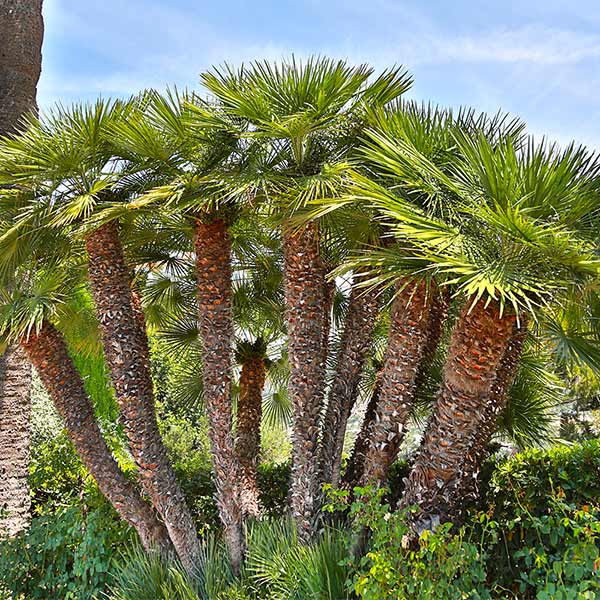
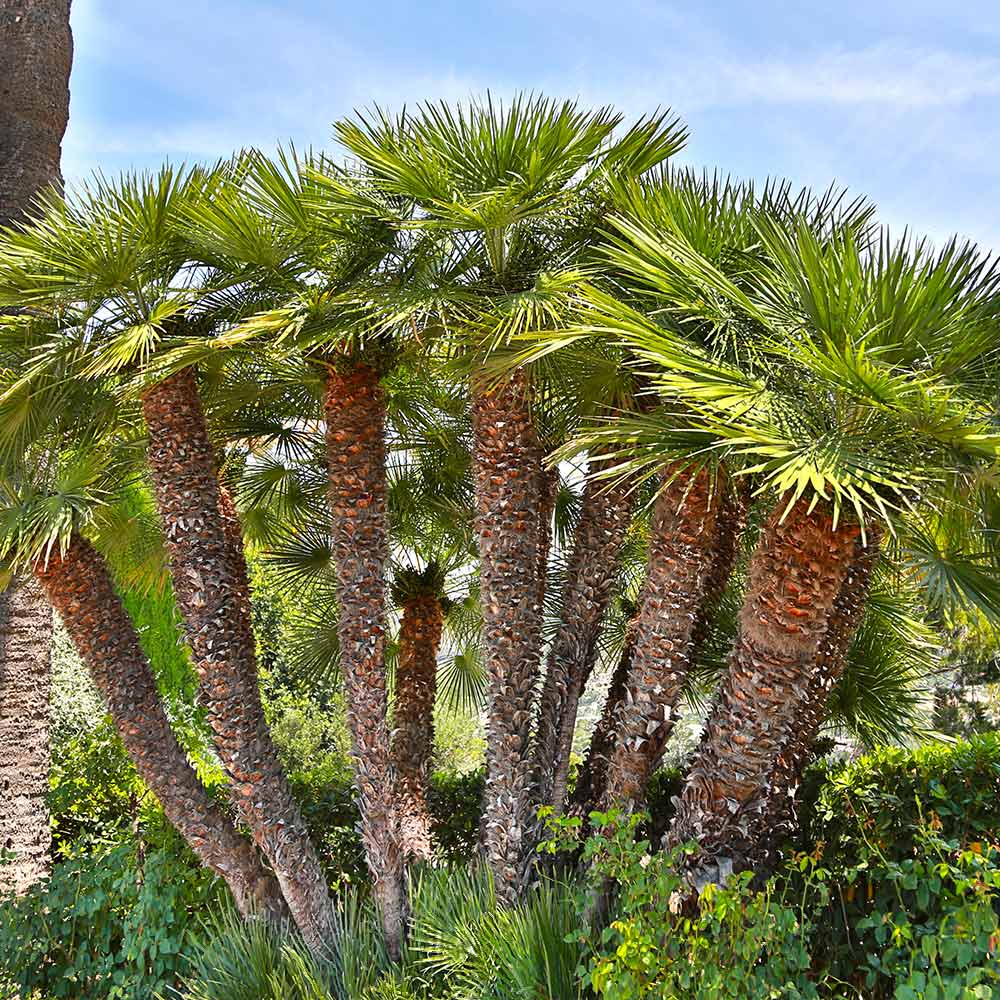
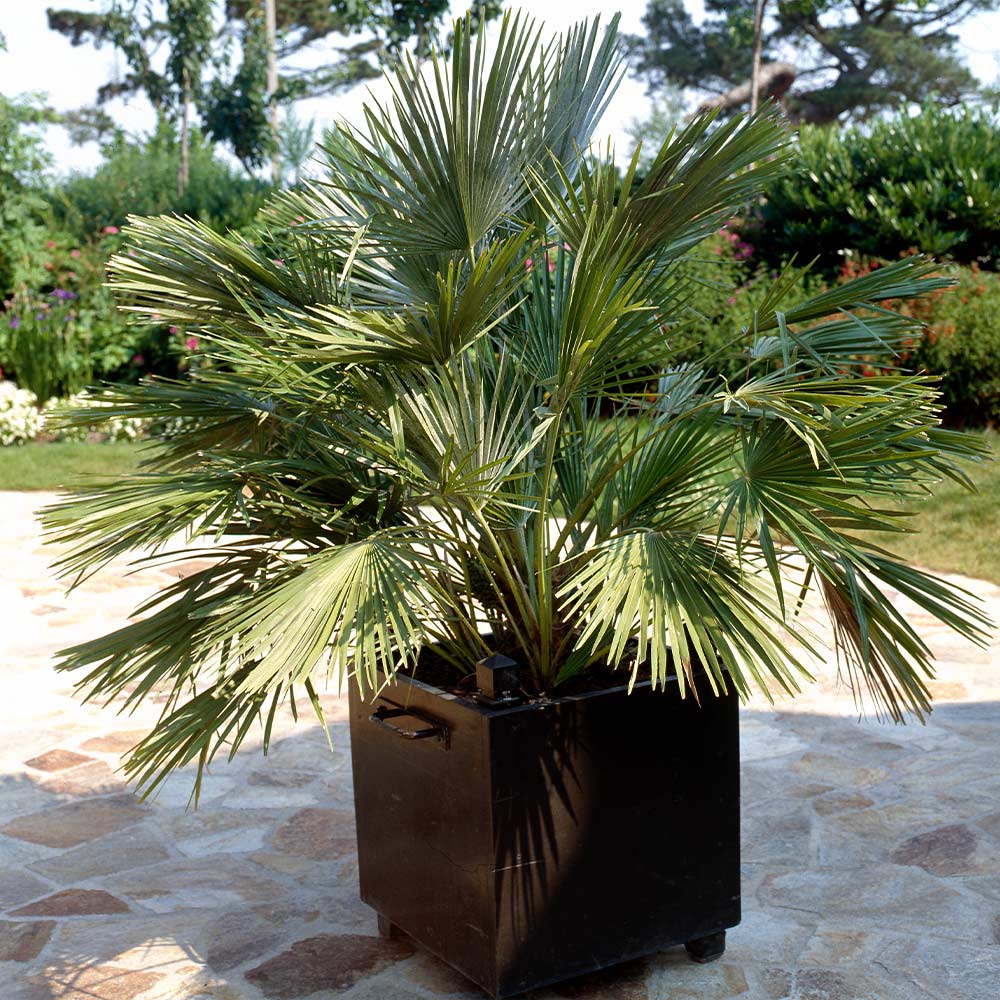
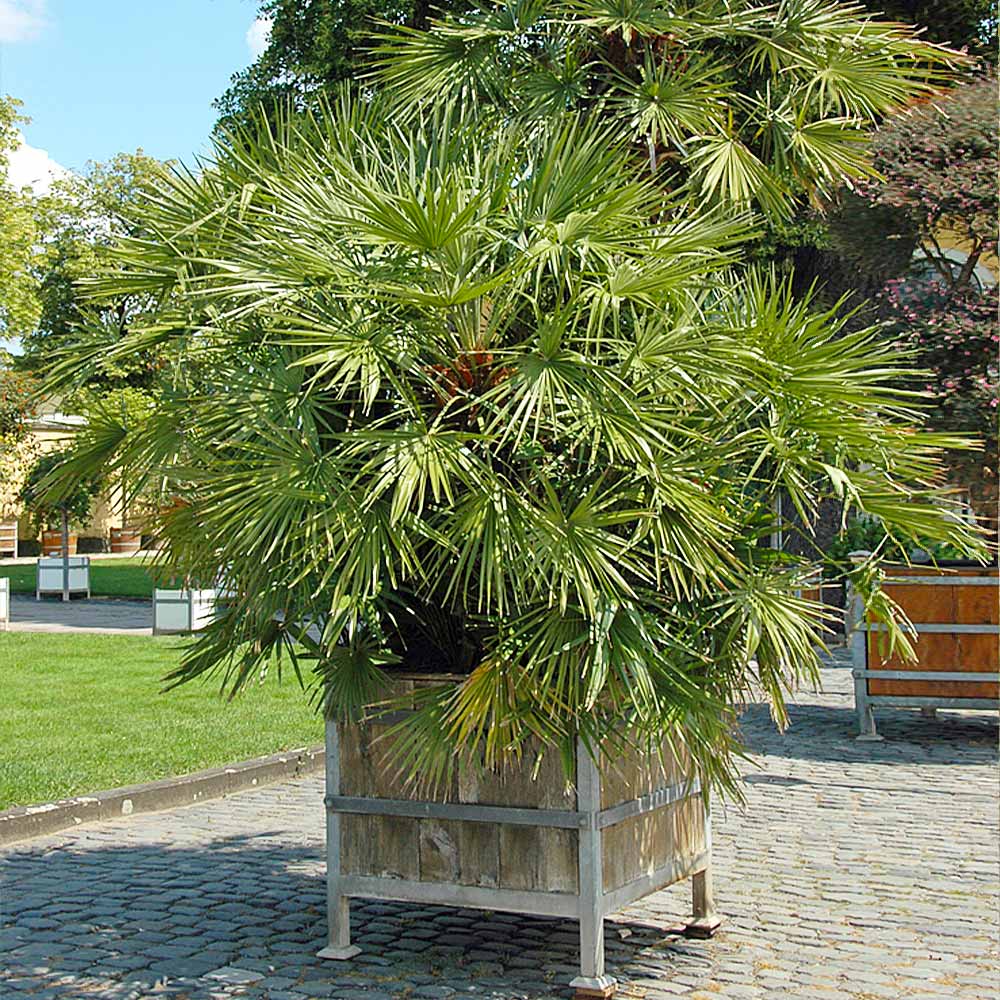
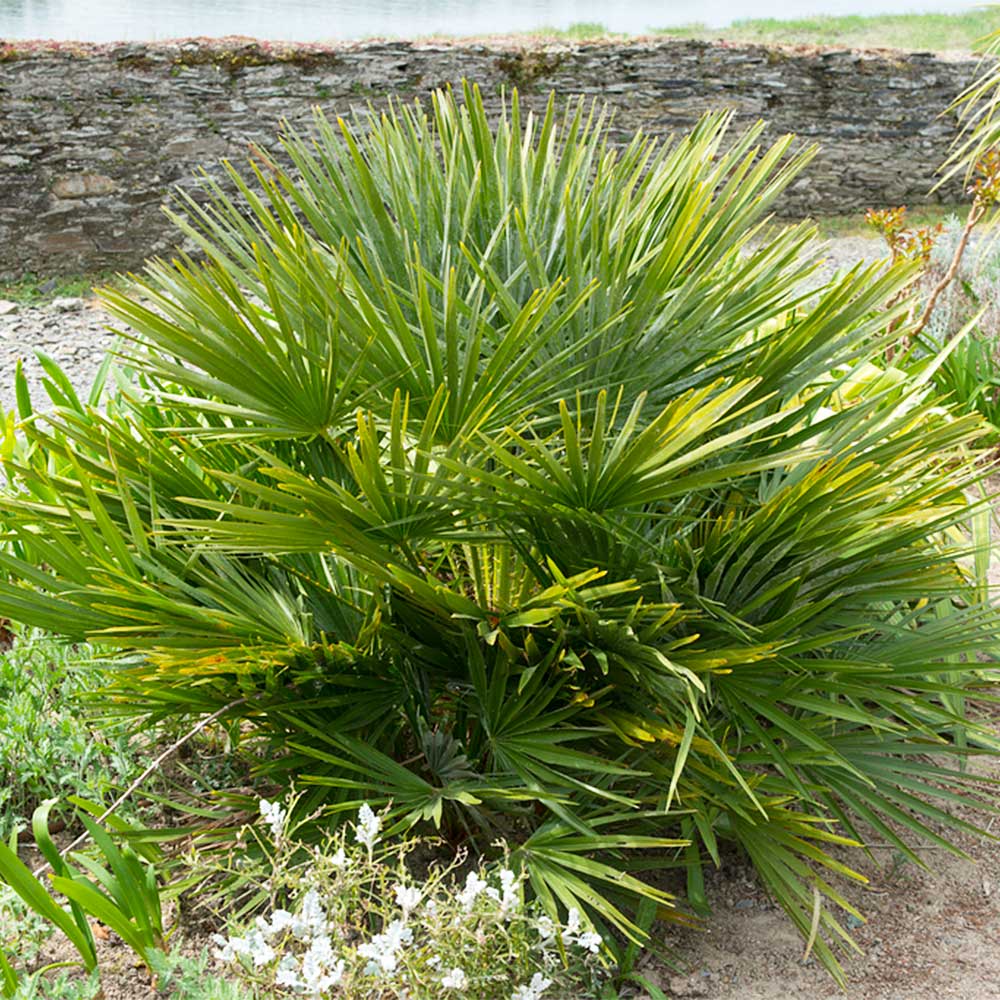

Comment